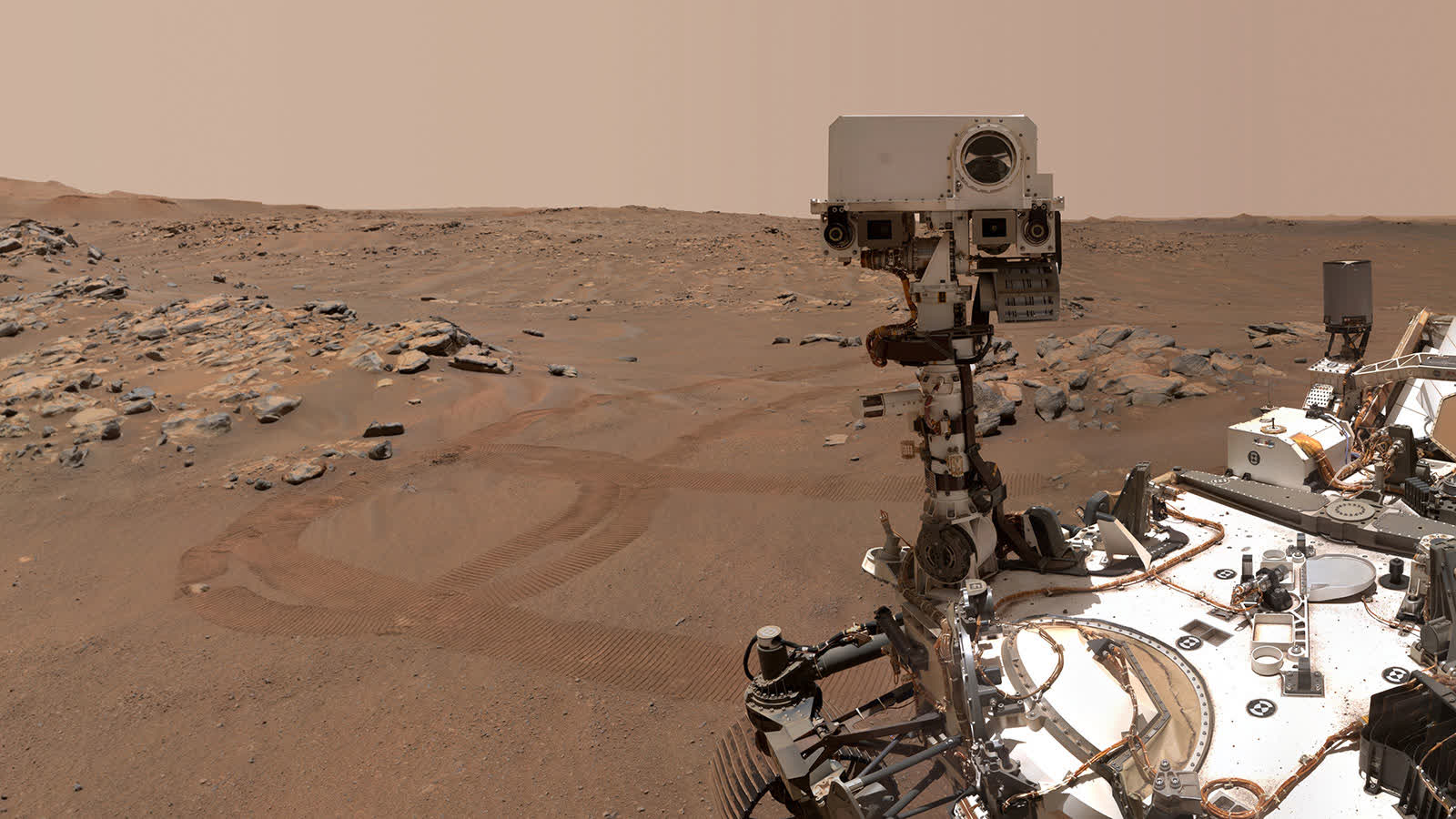Out of this world: The Perseverance rover has been mapping the Martian landscape and analyzing the planet's makeup since landing in February 2021. After a pause in communications that lasted several weeks, the rover is once again transmitting data back to NASA scientists and engineers. This information continues to give researchers never before seen (or heard) access to the sights and sounds of our next door neighbor.

NASA's Jet Propulsion Laboratory (JPL) celebrated this week as connectivity with the Mars-based Perseverance rover was restored. The planned period of radio silence was the result of a natural phenomenon known as a solar conjunction. The re-established link provided the Perseverance team with ongoing access to images of the Martian landscape as well as more audio recordings of the distant planet's environment.
A solar conjunction occurs when Mars' and Earth's orbits align on opposite sides of the sun. During this alignment, ionized gases ejected from the Sun's corona can interfere with radio communications. Once a conjunction begins the JPL engineers refrain from issuing any commands, as the gases can result in the rover receiving corrupted transmissions. With the red planet being anywhere from 34-million to 250-million miles away at any given time, it's definitely better to be safe than sorry.
Solar conjunction is over and I’m ready to get rolling again. Nothing like the feel of Mars under your wheels.
— NASA's Perseverance Mars Rover (@NASAPersevere) - October 19, 2021
Planning for potential communication issues is only one of many risks the JPL team has to plan for. The use of known technologies instead of those on the cutting edge plays a critical role in ensuring long term operability and ensuring NASA's ability to learn more about our galactic neighbor.
In a recently released video, JPL engineers described the rover's commercial-grade microphones used to provide never-before heard audio and acoustic data from the red planet. The rover itself, which is capable of tasks ranging from negotiating obstacles to data collection and analysis, is outfitted with a modified PowerPC 750, the same CPU that powered the Apple iMac G3 in the late 1990s.
Designing, building, transporting, and controlling a radio-operated rover millions of miles away is no easy feat. The program, which launched in July 2020, carries a $2.7 billion price tag and requires a team comprised of the world's brightest engineers, scientists, and research organizations.
The Perseverance rover will continue to traverse the planet's surface to analyze rock, soil, and air samples. Data will also be captured by the rover's sidekick, Ingenuity, a small helicopter that hitched a ride on the rover's underbelly and has since conducted several tests in the Martian atmosphere.
https://www.techspot.com/news/91904-communication-mars-rover-has-restored-after-multi-week.html